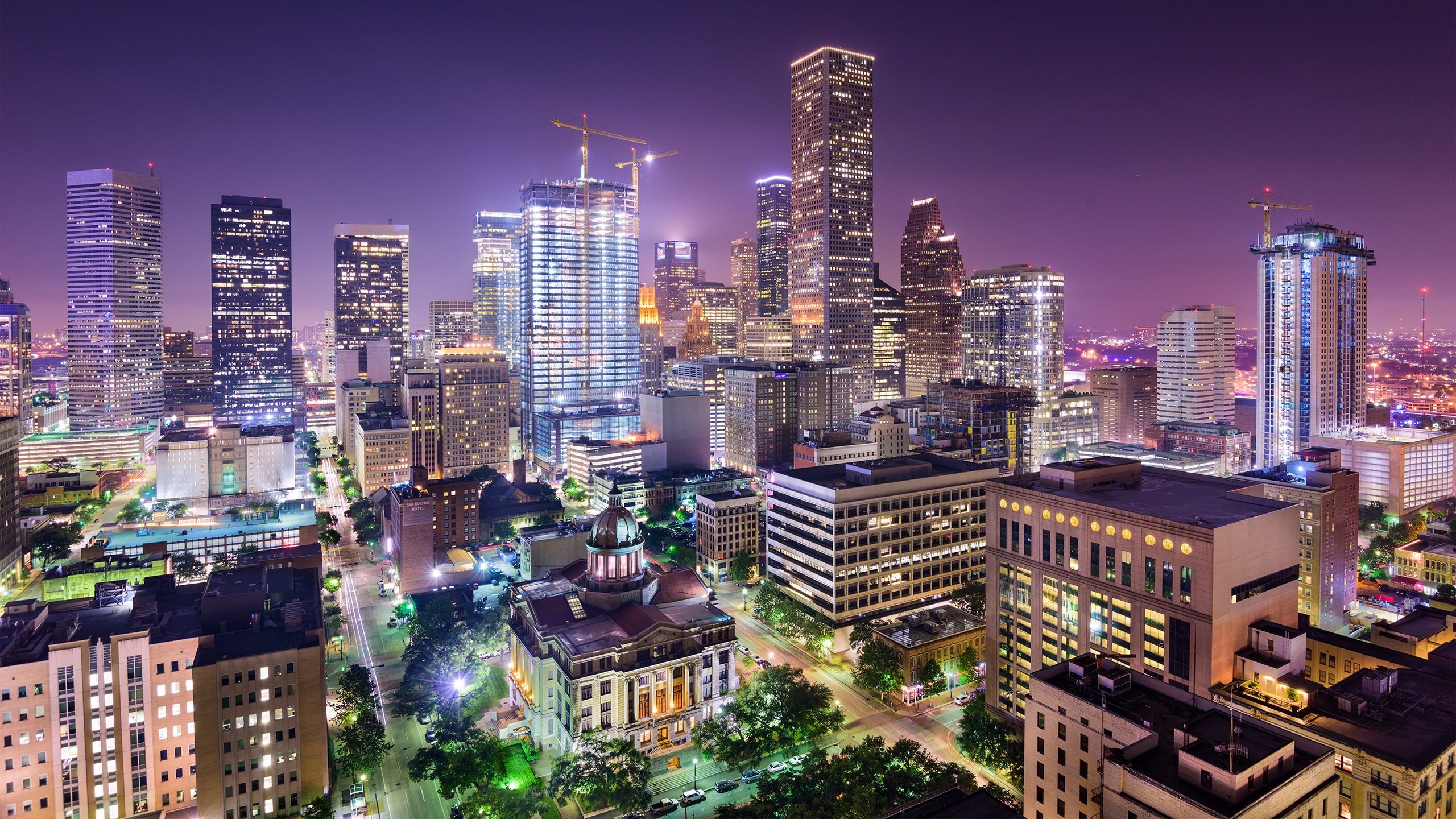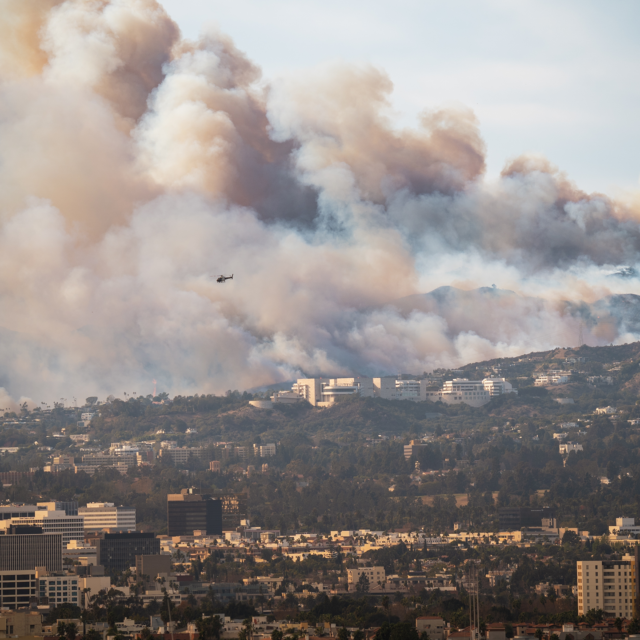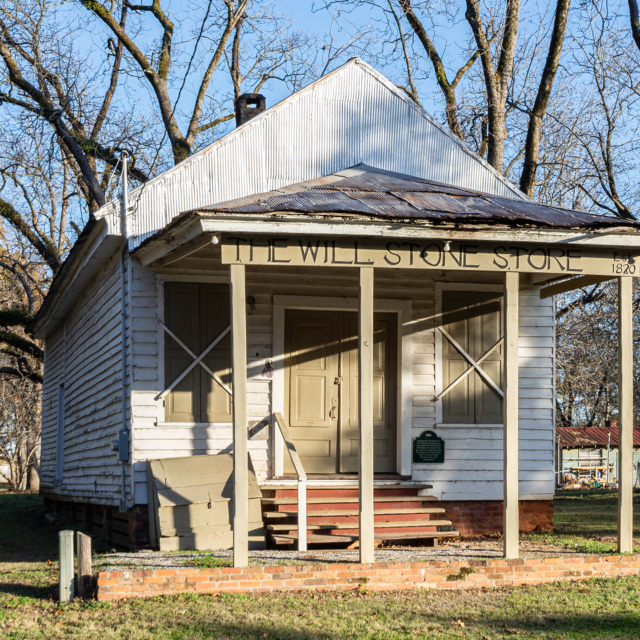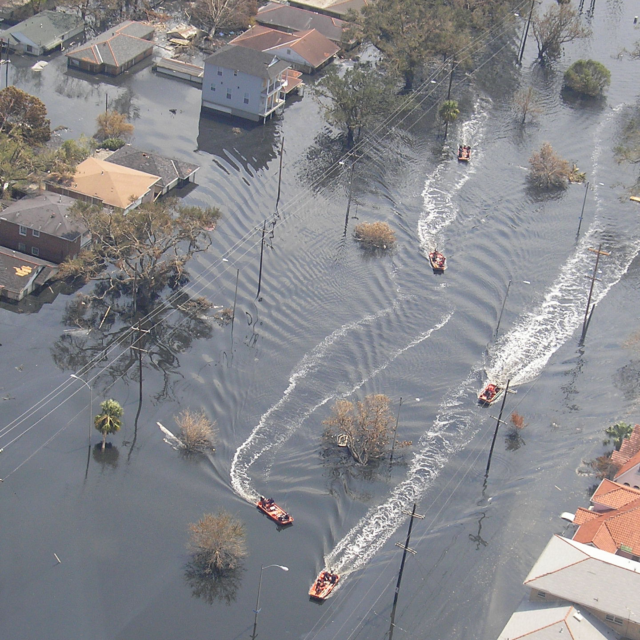The impacts of the COVID-19 pandemic and subsequent rise of remote work have transformed the demographics of U.S. cities and exposed insufficiencies in their infrastructure and emergency preparedness. Due to their physical density and the visibility of their existing inequities, many cities received negative press during this period, with headlines touting the end of the ‘big city’, rampant crime in downtowns, and a growing political divide between cities and states.
The numbers do point to a sudden disillusionment with cities. According to the Economic Innovation Group, nearly 2 million people left urban areas between 2020 and 2022. Similarly, as mobility and flexibility increased for workers, many reports traced the reorganization of professionals away from legacy cities like New York and San Francisco to suburbs and more affordable metros like Dallas, Phoenix, and others in the I-10 corridor.
The pandemic impacted not only the location of jobs, but also availability. Worker layoffs as a result of the health crisis combined with surging housing costs to intensify American economic disparities. The Department of Housing and Urban Development’s 2023 Annual Homelessness Assessment found that rates of homelessness reached their highest levels over a 10-year period last year. Of the five states reported to have the largest numbers of homeless residents, three were located in the Ten Across transect: California, Florida, and Texas.
Even as the COVID pandemic exacerbated societal vulnerabilities, extreme weather compounded those difficulties, breaking records in the years that followed. 2023 was the hottest year recorded since the 1880s, and brought the U.S. 28 separate billion-dollar weather and climate disasters, according to the National Oceanic and Atmospheric Administration. Many of these events were concentrated in the southern tier of the U.S.
Why Cities Will Lead the Way Forward
With challenge comes opportunity. The United Nations estimates that by 2050, 68% of the global population will reside within urban areas. This represents a tremendous amount of localized talent and collaborative potential to tackle these issues. If longstanding trendlines persist, many of the cities of the I-10 corridor– already the most diverse section of the country, according to Rice University’s Kinder Institute– may continue to benefit from outstanding economic and population growth for some time to come.
Cities are already leading the way when it comes to climate policy innovation. After the U.S. left the Paris Climate Agreement in 2017, mayors across the country independently pledged to continue efforts to reduce their cities’ emissions in order to limit global warming to 1.5° C by the end of this century. Their commitment continued when the Inflation Reduction and American Rescue Plan Acts were passed, and cities were charged with directing a historic volume of federal grant funding to address the nation’s climate and equity goals.
Given these challenges and opportunities, what does the ideal “future city” look like? What will it redress or improve in our environment and society? Whose needs will it prioritize? How will cities redefine the way we live and work in a rapidly changing world?
We will explore these questions and more in our new Future Cities podcast series.
New episodes will be added to this series throughout the year, and our inquiries will evolve as we meet with and learn from our guests. Here is our current line-up of experts and episodes:
Listen Now
How Mayors Are Leading U.S. Progress with Clarence Anthony
Ten Across founder Duke Reiter and National League of Cities CEO Clarence Anthony discuss the growing political influence of cities and mayors as challenges around climate and infrastructure grow.
Resilient Urban Planning with Tracy Hadden Loh – Part One.
Brookings Metro Fellow and doctor of urban planning, Tracy Hadden Loh and Ten Across founder Duke Reiter examine direct impacts of city planning on social equity, mobility, and community resilience against major disruptions like the pandemic.
Listen Soon
Resilient Urban Planning with Tracy Hadden Loh – Part Two. (Releasing March 8, 2024)
Tracy and Duke will dive deeper into relevant policy mechanisms and recommendations for creating a more equitable and flexible built environment that can support a growing list of urban challenges.
Architecture for a New World with Andy Cohen and Diane Hoskins. (Releasing April 12, 2024)
Co-CEOs of the largest global architecture firm, Gensler, Andy Cohen and Diane Hoskins will talk with Ten Across founder Duke Reiter about their latest book, Design for a Radically Changing World and how they are thinking about climate change, social and racial justice, and the future of cities, work, mobility, and public health as urban designers.
More to Come
New Future Cities series episodes will continue to become available throughout the year, so be sure to subscribe to our newsletter at 10across.org/subscribe to receive the latest updates. We also welcome guest and topic recommendations at tenacross@asu.edu.
Thanks for listening!




